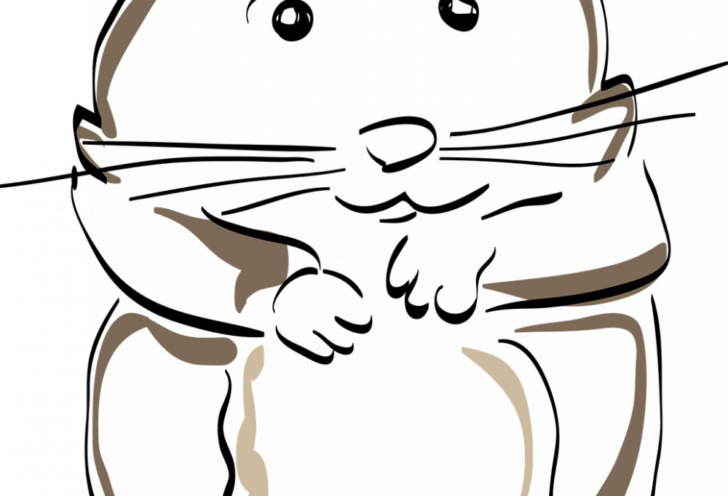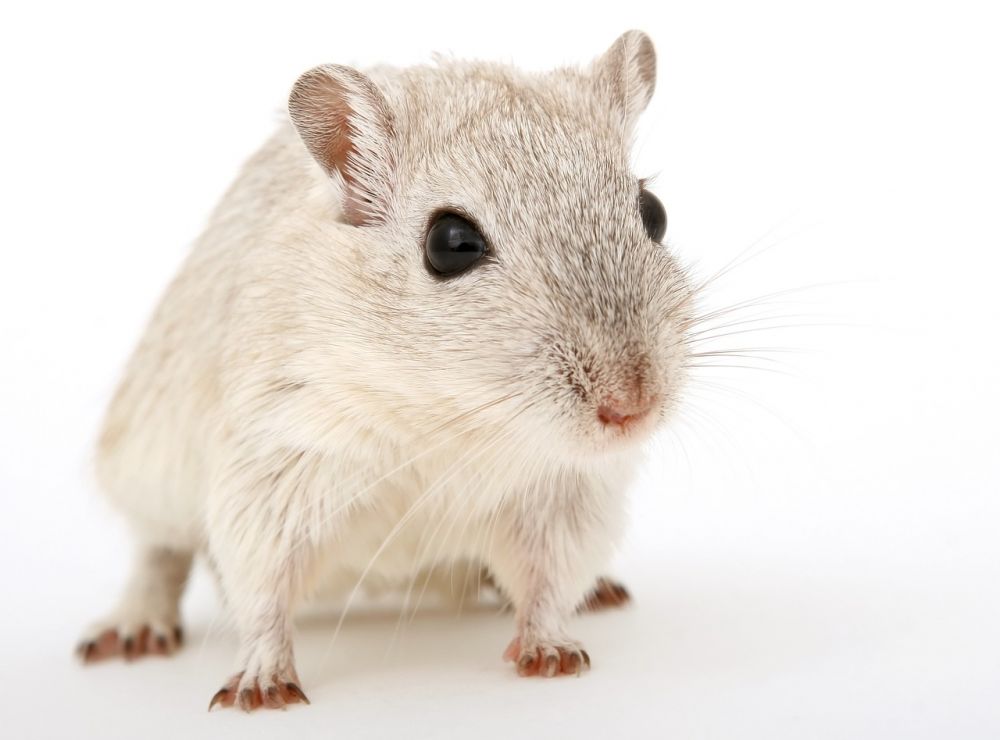Hamster Mature: A Comprehensive Guide

Introduction:
Hamster mature is a term used to describe the stage of maturity reached by hamsters, small rodents that are popular pets all over the world. In this article, we will provide an in-depth overview of hamster mature, including its definition, various types, popularity, and quantitative measurements. Additionally, we will discuss the differences between different hamster mature types and explore their historical advantages and disadvantages. So, let’s delve deeper into the world of hamster mature.
Overview of Hamster Mature:

Hamster mature refers to the stage in a hamster’s life when it reaches adulthood and experiences physical and behavioral changes. This stage usually occurs around 4-6 months of age, depending on the hamster species. During this period, hamsters undergo sexual maturity and may exhibit territorial behavior.
Presentation of Hamster Mature:
There are several types of hamster mature, each with its own characteristics and popularity. The most common types include Syrian hamsters, Dwarf hamsters (Roborovski, Campbell’s, and Winter White), and Chinese hamsters.
1. Syrian Hamsters: Also known as golden hamsters, Syrian hamsters are the most popular and widely kept pets. They can grow up to 6-7 inches and have a lifespan of 2-3 years. Syrian hamsters are solitary creatures and should be kept alone to avoid aggressive behavior. They come in various coat colors and patterns, making them visually appealing to pet owners.
2. Dwarf Hamsters: Dwarf hamsters are smaller in size compared to Syrian hamsters and come in different breeds. Roborovski hamsters are the tiniest and fastest of the dwarf hamster breeds. They are highly sociable with each other and have an average lifespan of 3-4 years. Campbell’s and Winter White dwarf hamsters are also popular choices as pets and have unique coat colors.
3. Chinese Hamsters: Chinese hamsters are often mistaken for mice due to their appearance. They have longer and thinner bodies compared to other hamster species. Chinese hamsters are timid and require gentle handling. Their lifespan is around 2-3 years.
Quantitative Measurements of Hamster Mature:
When it comes to quantifying hamster mature, several factors can be measured. These include weight, size, lifespan, gestation period, and litter size.
1. Weight and Size: Syrian hamsters are the largest in size, weighing around 5-7 ounces, while dwarf hamsters weigh between 1-2 ounces. Chinese hamsters are even smaller, weighing around 0.7-1 ounce.
2. Lifespan: Syrian hamsters have a shorter lifespan compared to dwarf and Chinese hamsters. Dwarf hamsters generally live up to 3-4 years, while Chinese hamsters have a similar lifespan.
3. Gestation Period and Litter Size: Syrian hamsters have a gestation period of approximately 16 days and can give birth to larger litters, averaging between 8-12 pups. On the other hand, dwarf and Chinese hamsters have shorter gestation periods of around 18-21 days and smaller litters, averaging between 4-6 pups.
Differences Between Hamster Mature Types:
Each hamster mature type has distinct characteristics and behaviors, setting them apart from one another.
1. Behavior: Syrian hamsters are known to be more independent and prefer a solitary lifestyle, whereas dwarf hamsters are more social and can be kept in pairs or small groups. Chinese hamsters are known to be shy and require more patience and care.
2. Size and Appearance: Syrian hamsters are the largest in size, with long fur and distinct colors and patterns. Dwarf hamsters are smaller and have a variety of coat colors and patterns. Chinese hamsters resemble small mice and have a slim body shape.
3. Lifespan: Syrian hamsters have a shorter lifespan compared to dwarf and Chinese hamsters.
Historical Advantages and Disadvantages of Hamster Mature:
Throughout history, different hamster mature types have had their own advantages and disadvantages, which have influenced their popularity as pets.
1. Syrian Hamsters: Syrian hamsters were the first breed to be domesticated, making them widely available in pet stores. Their popularity stemmed from their larger size and variety of coat colors. However, their solitary nature and more aggressive behavior compared to other breeds can be seen as a disadvantage.
2. Dwarf Hamsters: Dwarf hamsters gained popularity due to their smaller size, making them suitable for smaller living spaces. Their sociable nature and unique coat patterns make them appealing to pet owners. However, their high activity levels and tendency to escape enclosures can be considered drawbacks.
3. Chinese Hamsters: Chinese hamsters are less popular compared to Syrian and dwarf hamsters, mainly due to their shy behavior and sensitivity to handling. However, their smaller size and distinct appearance make them an attractive option for experienced hamster owners.
Conclusion:
In conclusion, hamster mature is an important stage in a hamster’s life when it reaches adulthood. This comprehensive guide has discussed the various types of hamster mature, including Syrian hamsters, Dwarf hamsters, and Chinese hamsters, along with their characteristics and popularity. We have also explored quantitative measurements, differences between hamster mature types, and historical advantages and disadvantages associated with each type. By providing an in-depth understanding of hamster mature, this article aims to educate and assist individuals in making informed decisions when choosing a hamster as a pet.
(Note: The video can be inserted at an appropriate place in the text, discussing the behavioral differences between hamster mature types or showcasing cute moments of hamsters in their habitats.)
Remember to structure the article using appropriate and H2 tags to improve its visibility as a featured snippet on Google search.





















